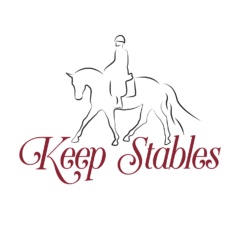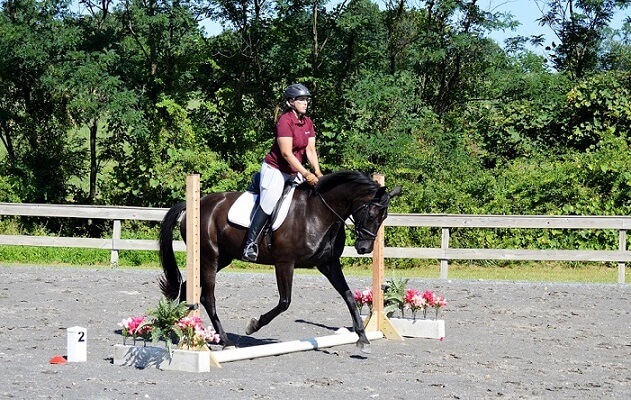Amira here, your friendly wanna-be dressage rider
I listened to an interview of Mary Wanless on the Dressage Radio Show (dated 7/5/2019) and it blew me away. She has written several books on the biomechanics of riding and is an acknowledged expert in the sport.
I’ve transcribed some of what she said:
“My sense is that we really want to get a hold of kids before they are twelve. I think that about the age of twelve the rot sets in when someone in pony club probably says ‘Right then, now let’s get the ponies on the bit.’ And that is the beginning of the end.
And I would really try and steer trainers and teachers and coaches away from really getting kids neurotic about where their horse’s head is, and really teaching them the baselines of how to organize their body. If we can teach a kid to sit well enough that the ponies natural response is to come up through its back and reach into the rein then the kid never gets paranoid about getting the horse’s head down, never starts fiddling and pulling, and never has to unlearn that later in life.
And I think unlearning that is the hardest thing for a mature rider.”
(In regard to riders being told to get their horse’s on the bit, and the effects)
“Well it gets riders thinking about their heads, thinking about their hands, the arm, the shoulder girdle, worried about the contact, and riding sometimes as though they barely existed from the shoulder girdle down. Whereas I really want to try and keep the rider’s attention on her pelvis, on her contact with the horse’s back, and what is happening in the horse’s back underneath her. How she stabilizes herself on the horse’s movement. And if we can teach a rider to be really thinking about how to shape a horse’s back, and get the back up under her, … to get the head down, we’ve changed everything for that rider.”
“And the shape of the horse’s back, and whether the back is hollow or whether the back is a firmer, higher, surface underneath you, really determines how the horse’s whole body works. … That push of the horse’s hind leg is translated in that chain of muscles over its croup, under the panels of the sidle, and up to each of its ears. So it is fine to show riders how to make that happen, how to feel if it is happening, how to know what to do if it isn’t happening, and how to change the horse’s body underneath them by how they use their own bodies. “
My own (Amira’s) thoughts:
Very very relevant to me.
Confessions of an amateur: I learned about the “jiggle” technique about a year and a half ago during a schooling show (not from my trainer), and while I’ve thoroughly explored it, it doesn’t seem to produce real roundness. At best, it reminds Sonnet (a well trained, athletic horse) that she is most comfortable with her head low. Most of the time, it is an artificial stimulus which reverts back to normal within a second. At worst, it focuses all of my attention on manipulating the reins, rather than riding in a balanced manner.
Listening to this interview makes me realize why Holly always discouraged me from obsessing about the horse’s head, and to keep the rein as stable as possible so that the bit is a safe place to go to.

